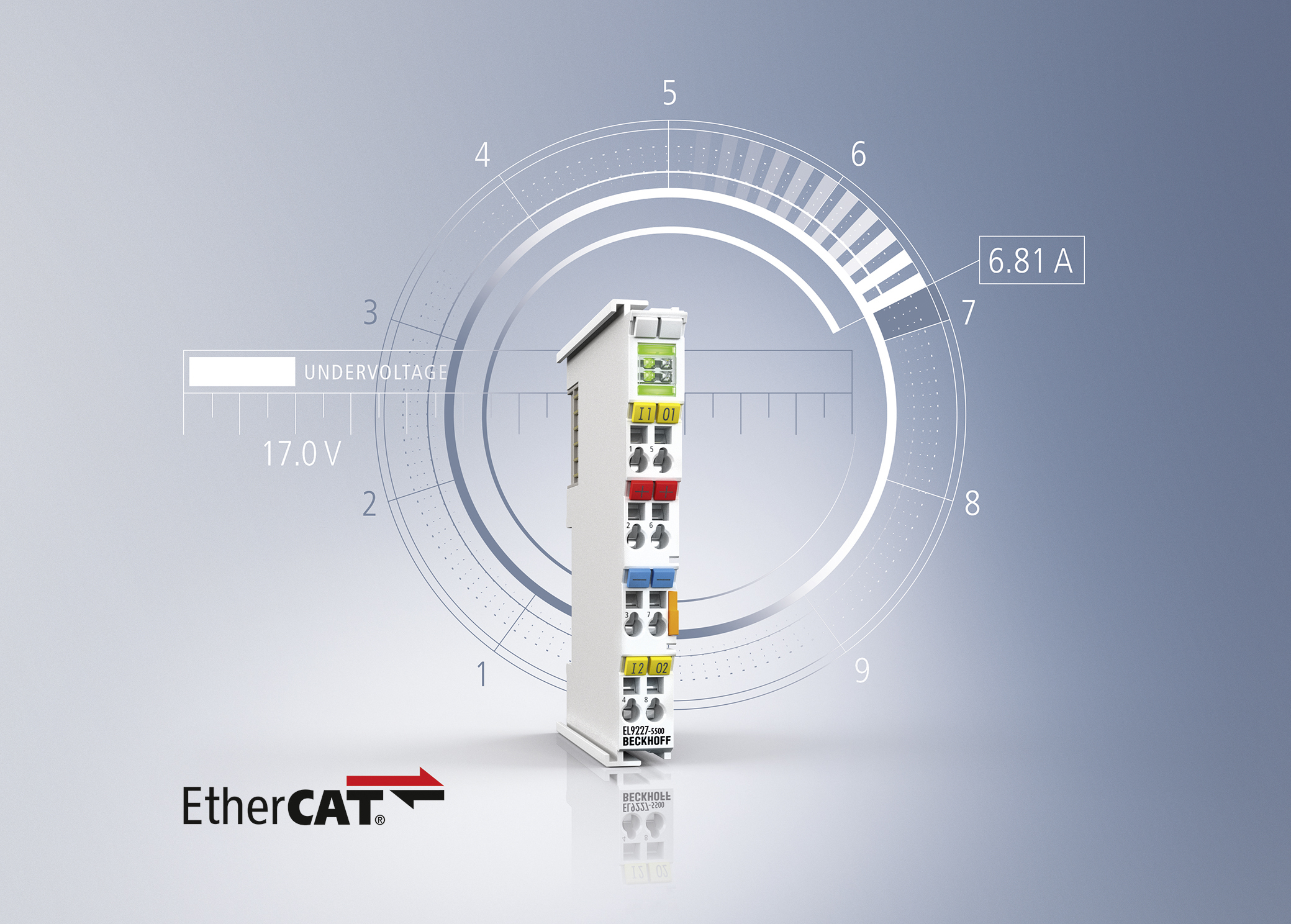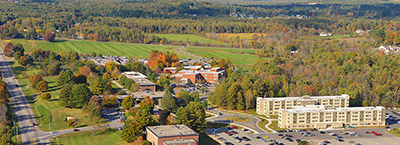How we do work has changed dramatically over the last few hundred years. We can arbitrarily refer to the Industrial Revolution using steam power as Industrie 1.0, irrespective of the fact that we might really be talking about Industry 2.0 or 3.0 based a more appropriate historical context.
Industrie 2.0 would have to be based on the advent of broadly available electric power in the late 1800’s as a result of Edison’s commercialization of electric light. With electricity broadly available, the electric motor began to replace the steam engine as a primary source of motive power. Over the years electric motors have become known as the “workhorse of industry”, which metaphor is meaningless in current society, because so few people still do work using horses.
Control of electrically powered systems was generally based on the use of relays, electromechanical switches that were either on or off. By combining control relays into increasingly complex schemes, even using current or voltage sensing relays to detect analog values in the control system, incredibly elaborate control systems could be created for manufacturing.
Oddly, the use of pneumatic and hydraulic powered systems becomes widespread as a byproduct of the electric motor which is needed to power the compressor and hydraulic power unit which are the cornerstones of these systems.
If one accepts the age of electricity as Industrie 2.0, how exactly does the assembly line production method of Henry Ford fit into the equation? In it’s day, assembly lines as the organizing principle of “how we do work” was quite revolutionary and lead to incredible cost reductions and efficiencies in the production of automobiles. Centralization and scale up of production to 100,000’s and millions of units a year was unheard of prior to Ford and must be considered Industrie 3.0 at a minimum.
Industrie 4.0 would be the result of the semiconductor as a scalable switch to make available complex logic without the use of relays. As industrial control systems were increasingly complex, costly and difficult to troubleshoot as a result of the electromechanical relay implementation, the ground work for the next generation was already prepared in the notion that everything could be reduced to on/off states and simple variables. Programmable control systems became the preferred solution for the emerging Automation of industrial manufacturing. Machine controls of the past 50 years have been difficult to integrate with the emerging information systems used to run modern companies.
An extraordinary anomaly in the world of automation is The Writer (YouTube linked) which was designed and built in the early 1770’s in Switzerland by a renowned watch maker. Not only does it still work, it is programmable and demonstrates the notion of Babbages mechanical computer.
In the current wave convergence of industrial control systems with information technology, what has been referred to as Industrie 4.0 but should really be 5.0 or 6.0 at the least. The new wave is the result of ever more power computing capability that can be combined with the virtually free communication networks using the Internet. We are able to deal with subtle properties of production machinery that in the past were elusive at best.
Filed Under: Mechatronic Tips



